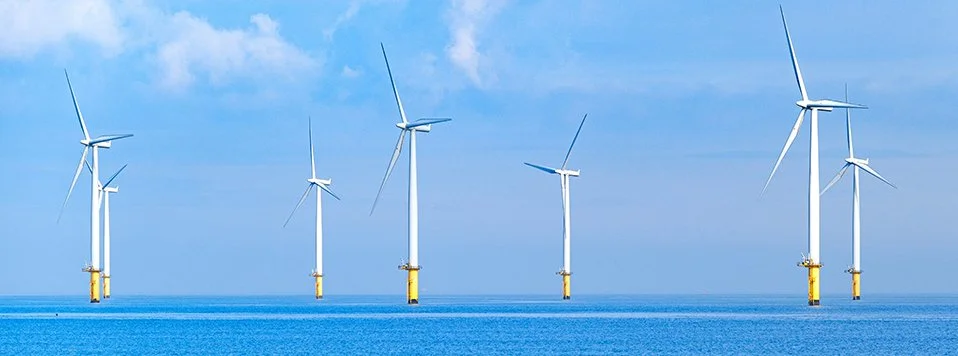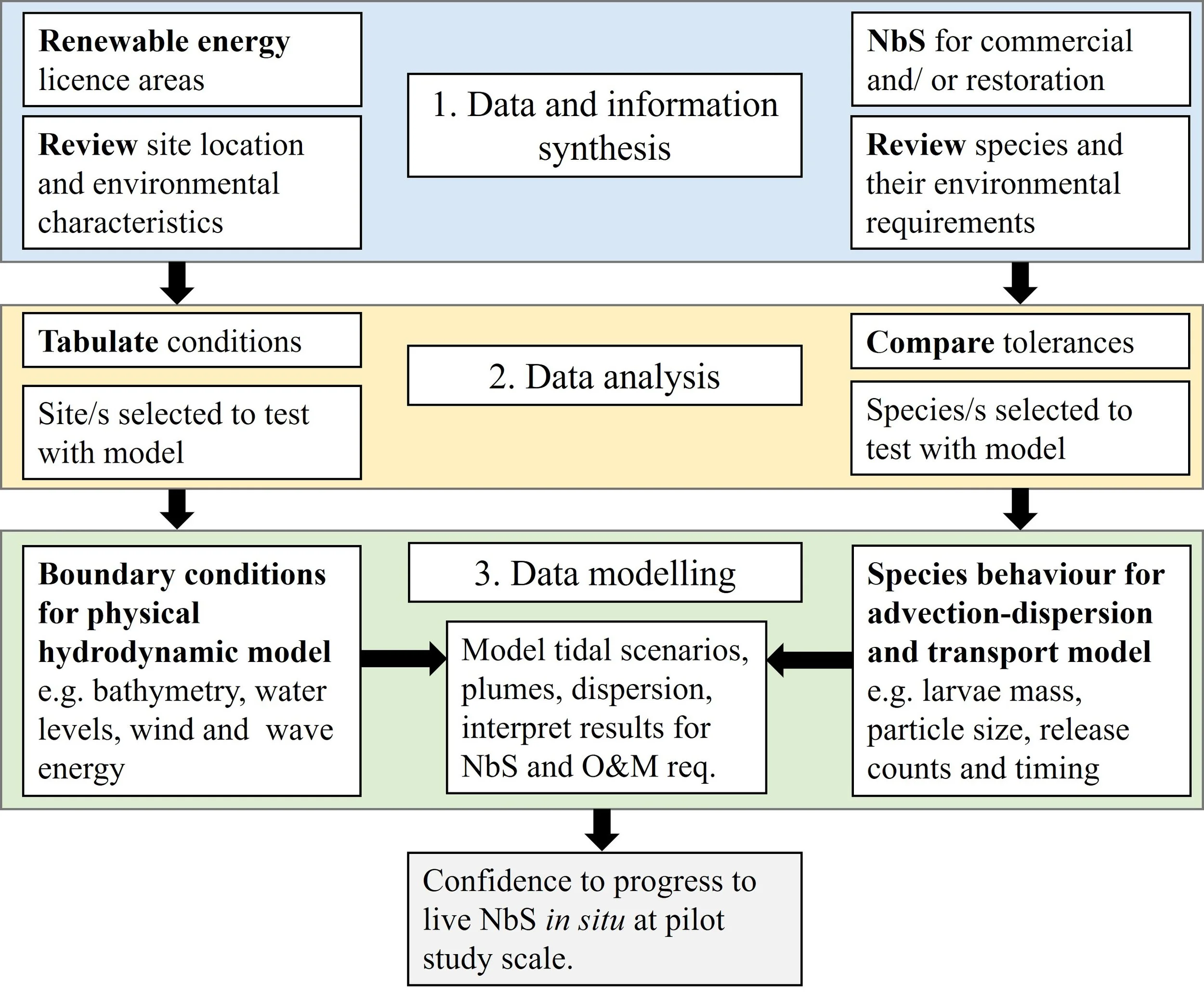
Native Oyster Rehabilitation
When Blue Marine Foundation (BLUE) and windfarm operator Ørsted came up with the bright idea of installing a broodstock oyster site within the Gunfleet Sands windfarm, they knew that their planning would require the input of some engineering consultants with a specialism in marine science and oceanography. Resilient Coasts was only too happy to oblige.
Image source: ESUK (2020)
The regional European oyster (Ostrea edulis) population has been in decline since the early eighteenth century due to overexploitation and habitat loss. Resilient Coasts were contracted by BLUE and windfarm operator Ørsted to complete a feasibility study to determine the suitability of the Gunfleet Sands windfarm for potential installation of a broodstock oyster site. This project has wide-reaching implications with the aim of repopulating the native oyster species along the Essex coastline.
The study recommended positions for the pilot project based upon species’ environmental and physical tolerances, site depth, scour protection and proximity to the Marine Conservation Zone. Numerical modeling was also used to identify suitable locations within the wind farm. Recommendations were made in the study regarding the sourcing of broodstock oysters and the design and installation of oyster housing, with specific design features suggested to ensure maximum survival rates and to prevent interruptions to the operation of the wind farm.
Image source: Blue Marine Foundation (2021)
Image source: Rendle et al. (2023)
Blackwater is an ongoing project led by BLUE which uses the modeling methods and the feasibility study completed by Resilient Coasts for ongoing assessment of wind farm sites as broodstock oyster locations. BLUE decided not to proceed to a pilot phase at the Gunfleet Sands site, but has already looked at other locations which scored higher according to the criteria they have developed.
Resilient Coasts' novel approach for determining site suitability is now published in Frontiers in Ecology and Evolution (Rendle et al. 2023). This project adds to our growing portfolio of nature-based solution and carbon sequestration initiatives.
A three-step approach for co-locating nature-based solutions within offshore wind farms


